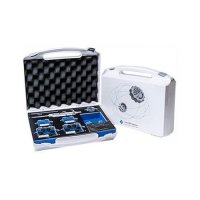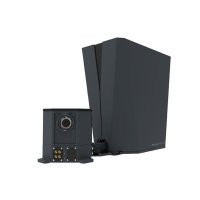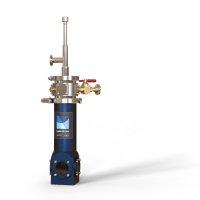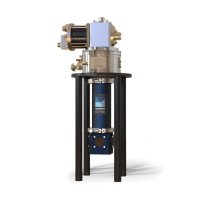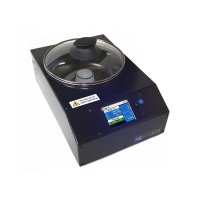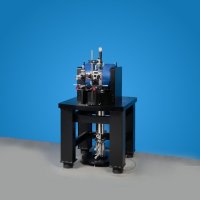Next Events
- IEEE Latin American Conference on Nanotechnology (IEEE-LANANO 2025) | Booth LANANO 04/11/2025 – 07/11/2025 – 08:00
- VII Symposium of Postgraduate Studies in Physics - UFV | Booth UFV 05/11/2025 – 08/11/2025 – 08:00
- 30th Congress of the Brazilian Society of Microscopy and Microanalysis| Booth SBMM 16/11/2025 – 19/11/2025 – 08:00
- MSCNanotech 2025 - Materials Science & Nanotechnology Congress | Booth MSC 16/11/2025 – 18/11/2025 – 08:00
- CNN8 - VIII National Nanotechnology Congress | Booth CNN8 25/11/2025 – 28/11/2025 – 08:00
- EAFExp 2026 -9th Advanced School of Experimental Physics 2026 26/01/2026 – 02/02/2026 – 08:00
Blog
Go to Blog-
 Tiny magnetic spirals unlock the future of spintronics
Scientists in Korea have engineered magnetic nanohelices that can control electron spin with extraordinary precision at room temperature. By combining structural chirality and magnetism, these nanoscale helices can filter spins without complex circuitry or cooling. The breakthrough not only demonstrates a way to program handedness in inorganic nanomaterials but also opens the door to scalable, energy-efficient spintronic devices that could revolutionize computing.
Tiny magnetic spirals unlock the future of spintronics
Scientists in Korea have engineered magnetic nanohelices that can control electron spin with extraordinary precision at room temperature. By combining structural chirality and magnetism, these nanoscale helices can filter spins without complex circuitry or cooling. The breakthrough not only demonstrates a way to program handedness in inorganic nanomaterials but also opens the door to scalable, energy-efficient spintronic devices that could revolutionize computing.
-
 An Australian chemist just won the Nobel Prize. Here's how his work is changing the world
The 2025 Nobel Prize in chemistry has been awarded for the development of metal–organic frameworks: molecular structures that have large spaces within them, capable of capturing and storing gases and other chemicals.
An Australian chemist just won the Nobel Prize. Here's how his work is changing the world
The 2025 Nobel Prize in chemistry has been awarded for the development of metal–organic frameworks: molecular structures that have large spaces within them, capable of capturing and storing gases and other chemicals.
-
 From artificial atoms to quantum information machines: Inside the 2025 Nobel Prize in physics
The 2025 Nobel Prize in physics honors three quantum physicists—John Clarke, Michel H. Devoret and John M. Martinis—for their study of quantum mechanics in a macroscopic electrical circuit.
From artificial atoms to quantum information machines: Inside the 2025 Nobel Prize in physics
The 2025 Nobel Prize in physics honors three quantum physicists—John Clarke, Michel H. Devoret and John M. Martinis—for their study of quantum mechanics in a macroscopic electrical circuit.
About Us
For more than 40 years Quantum Design (QD) has been providing technology solutions to researchers in the fields of physics, chemistry, biotechnology, materials science, and nanotechnology. Established in 1982 in San Diego, California, Quantum Design is the leading commercial source for automated materials characterization systems offering a variety of measurement capabilities.
Copyright © 2010-2025 Quantum Design Latin America
Developed by NEO Internet







